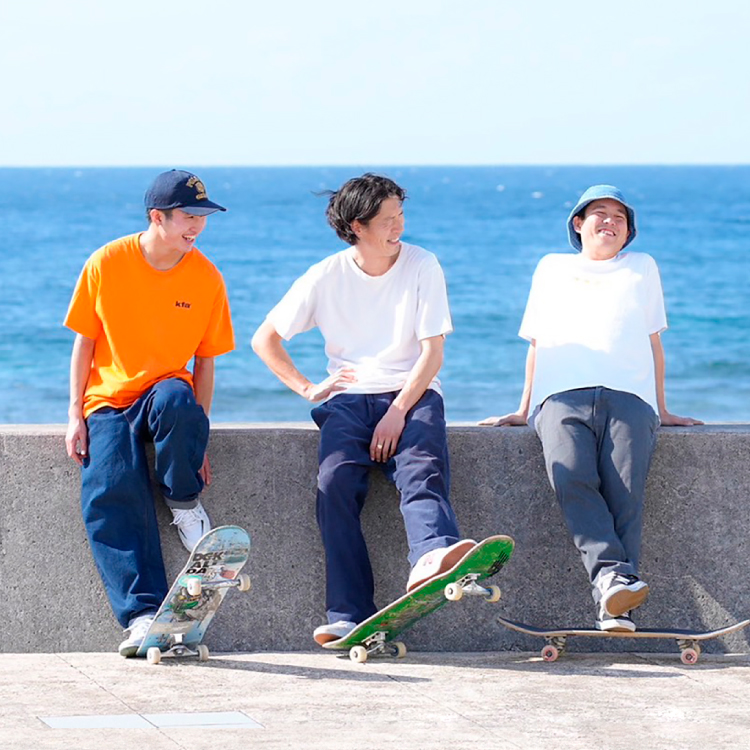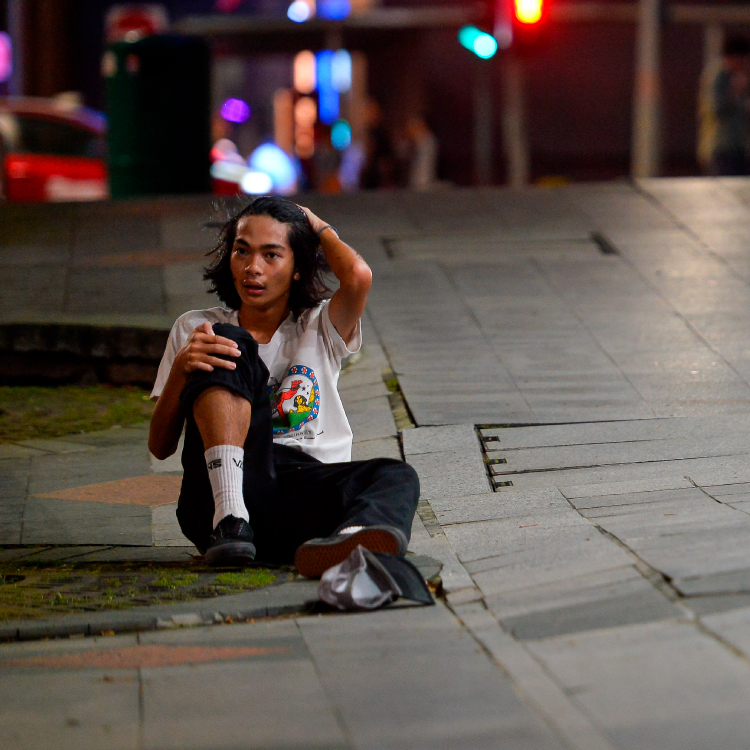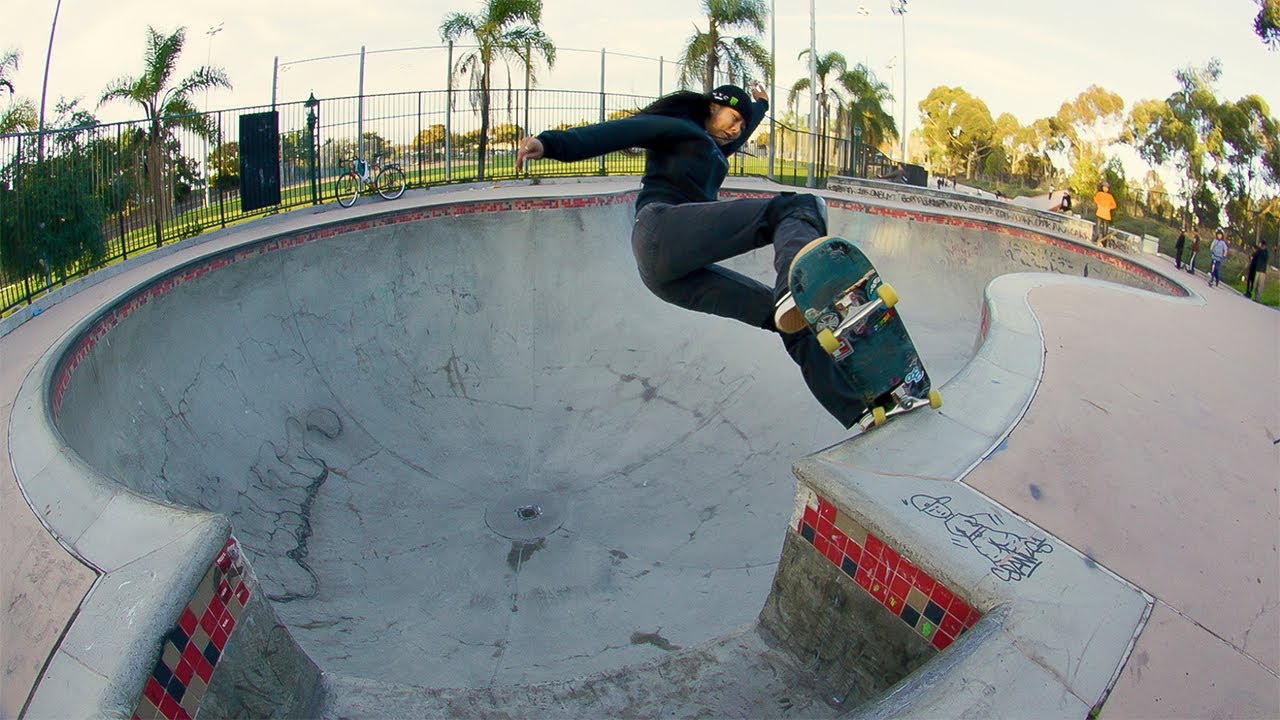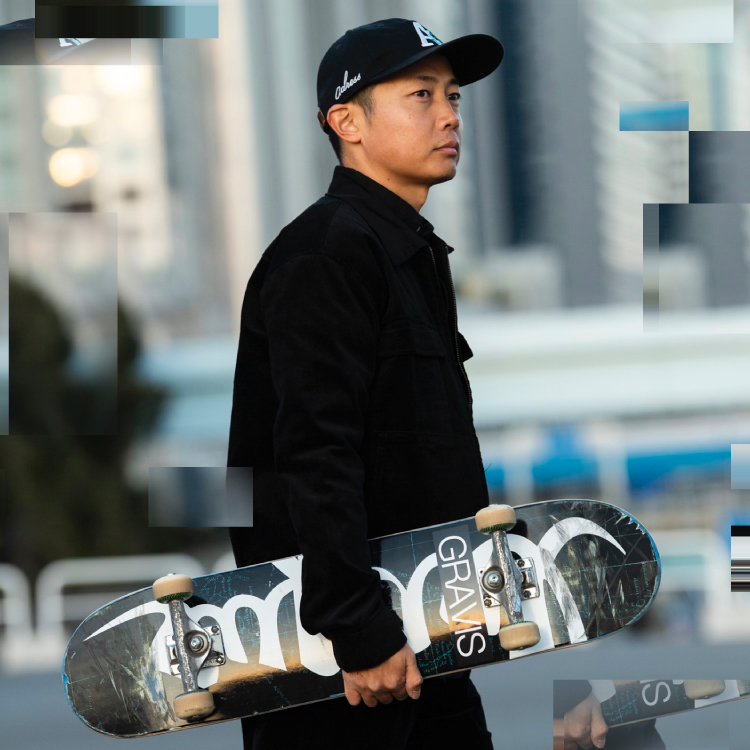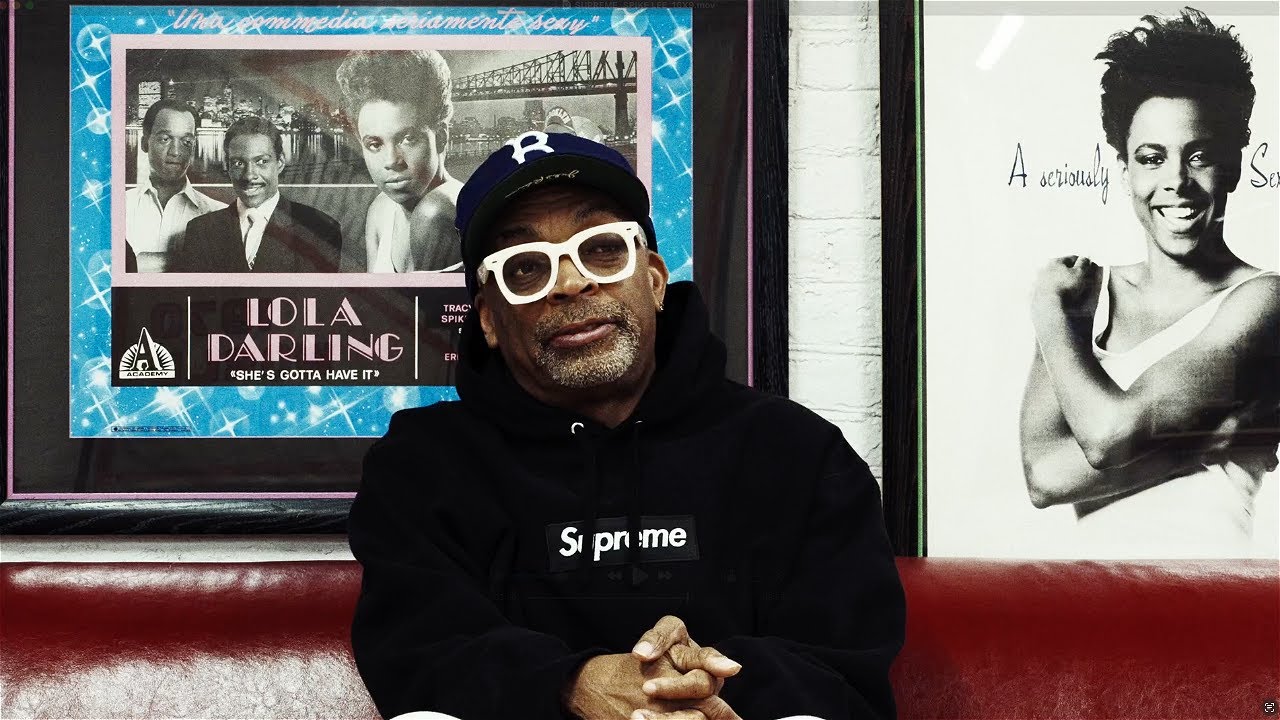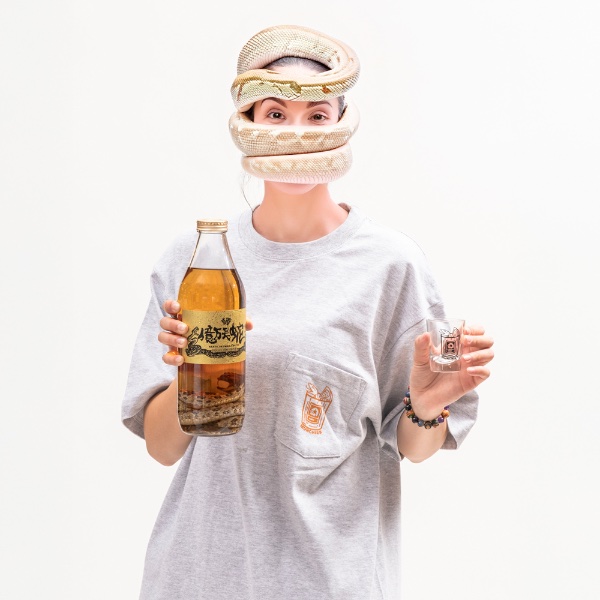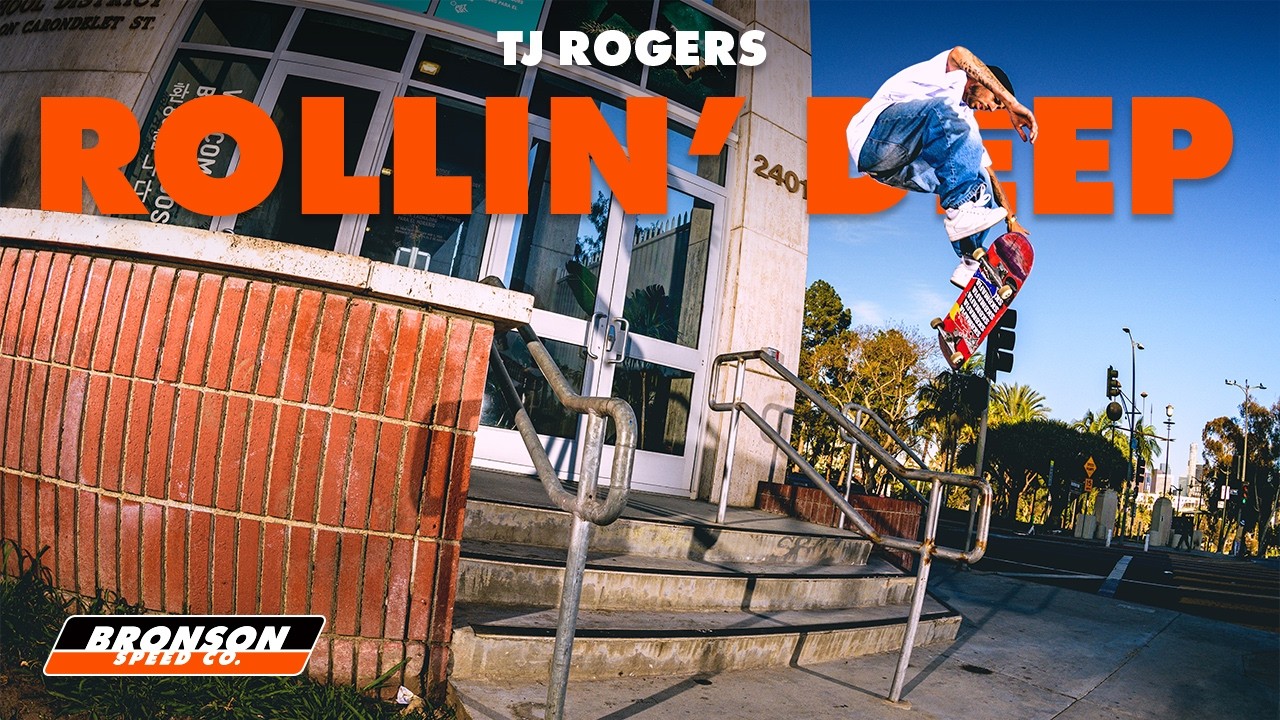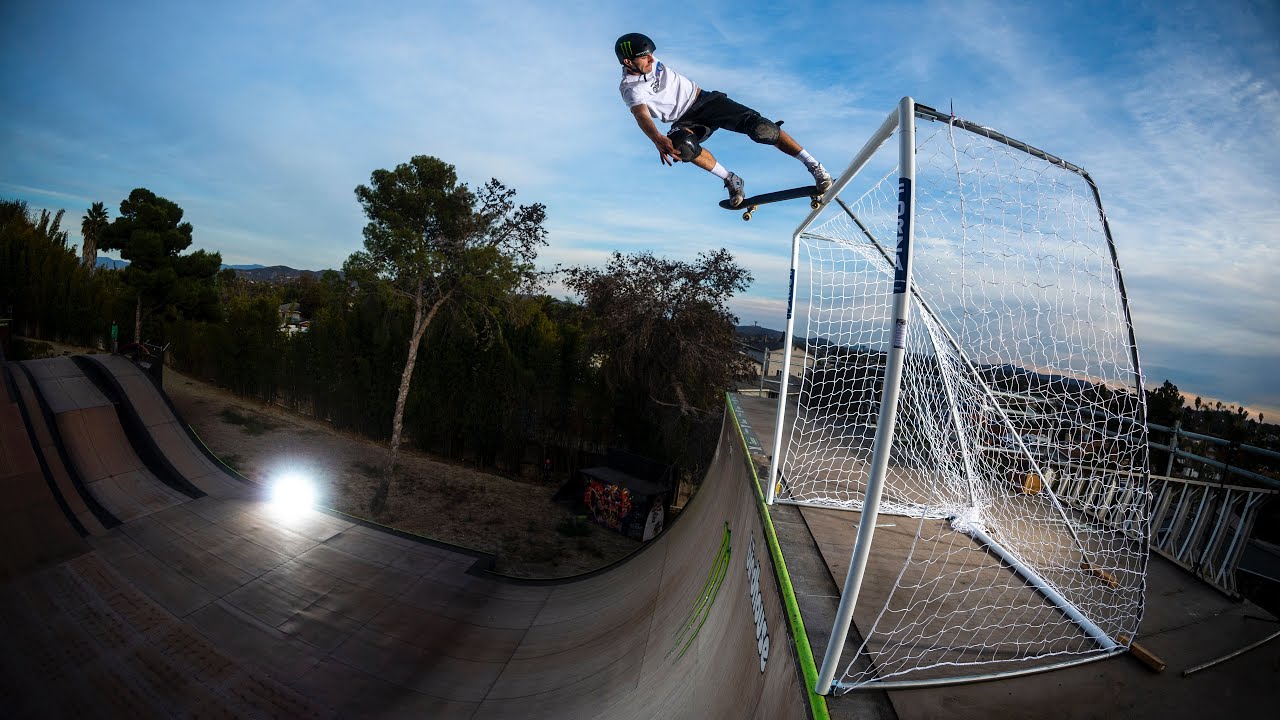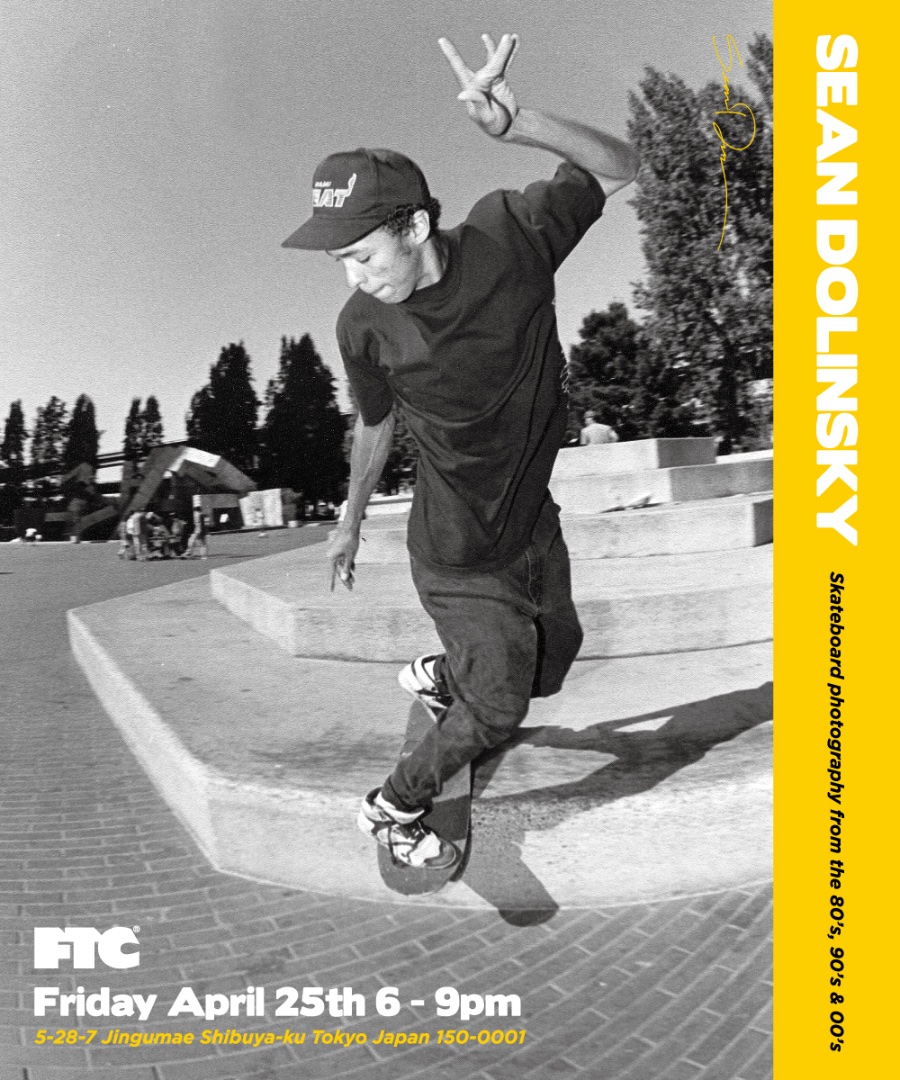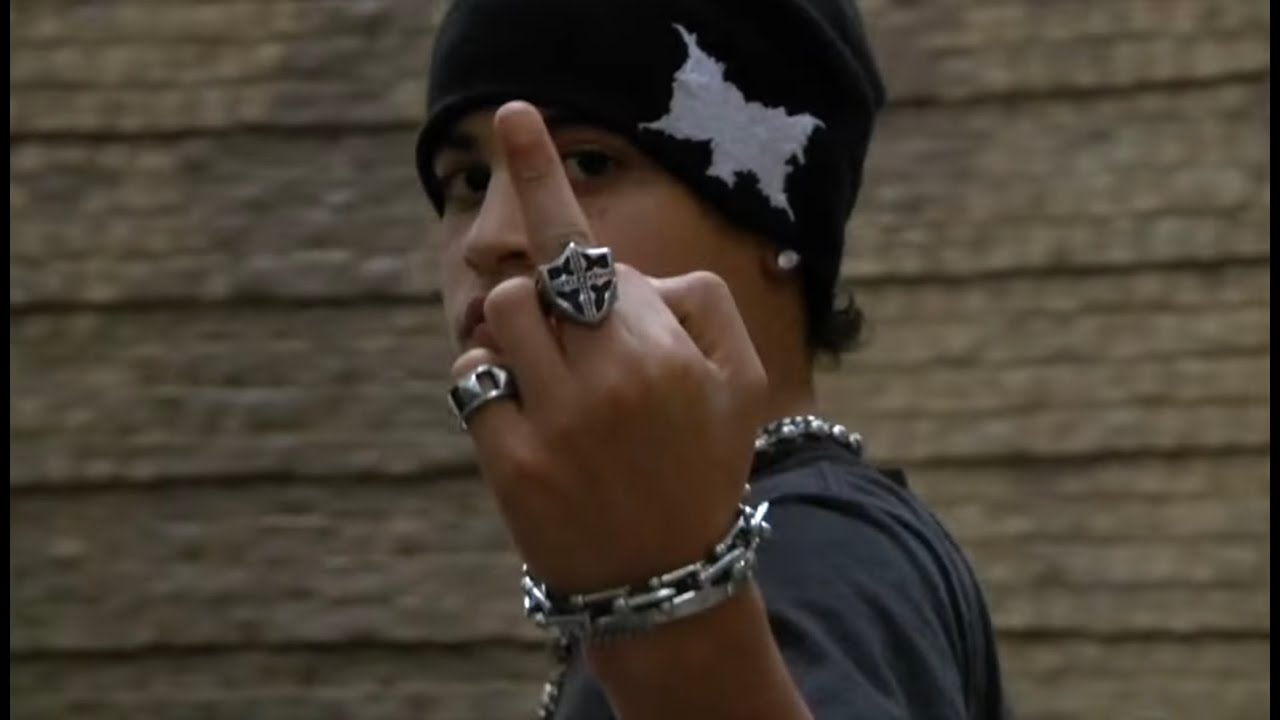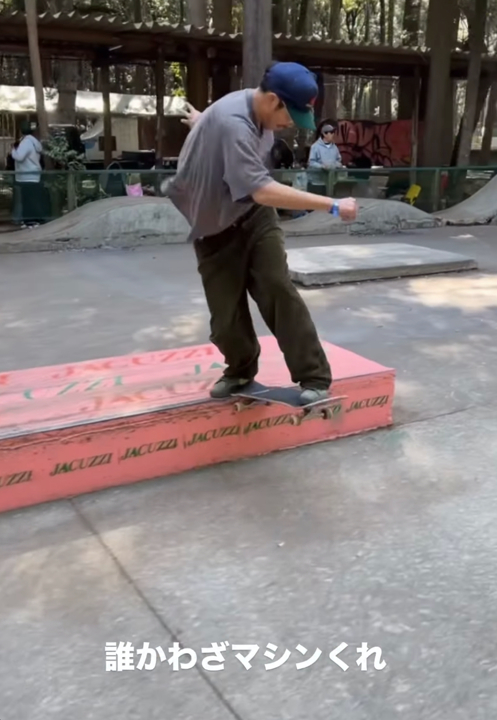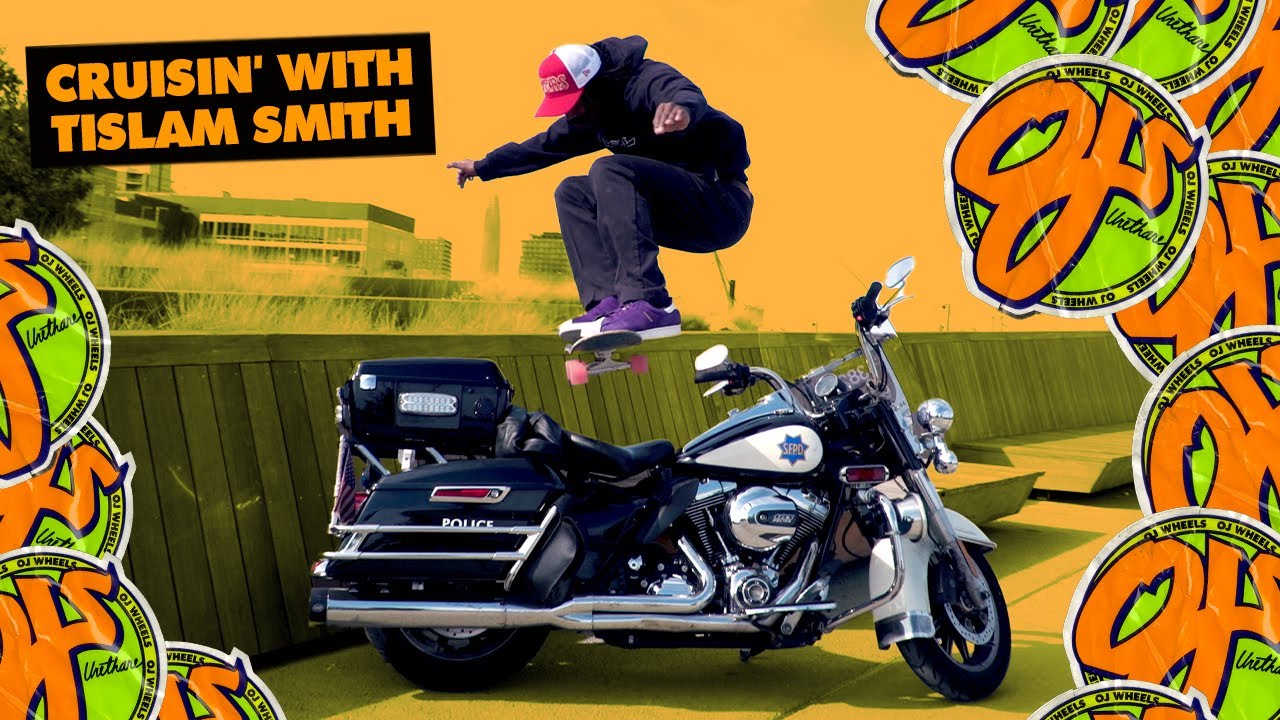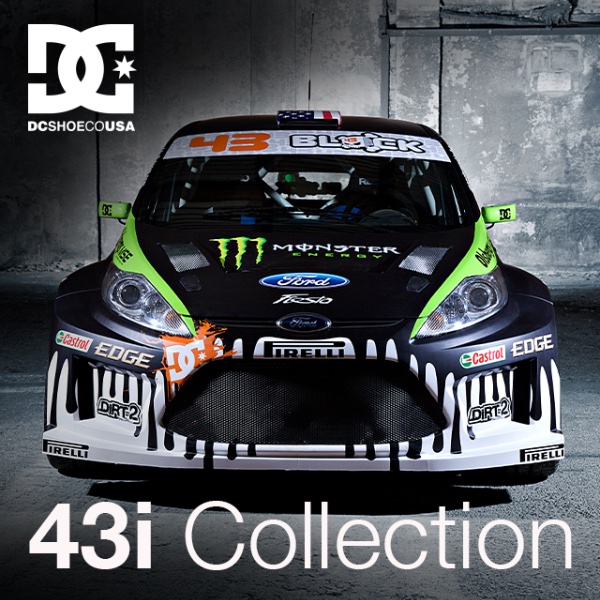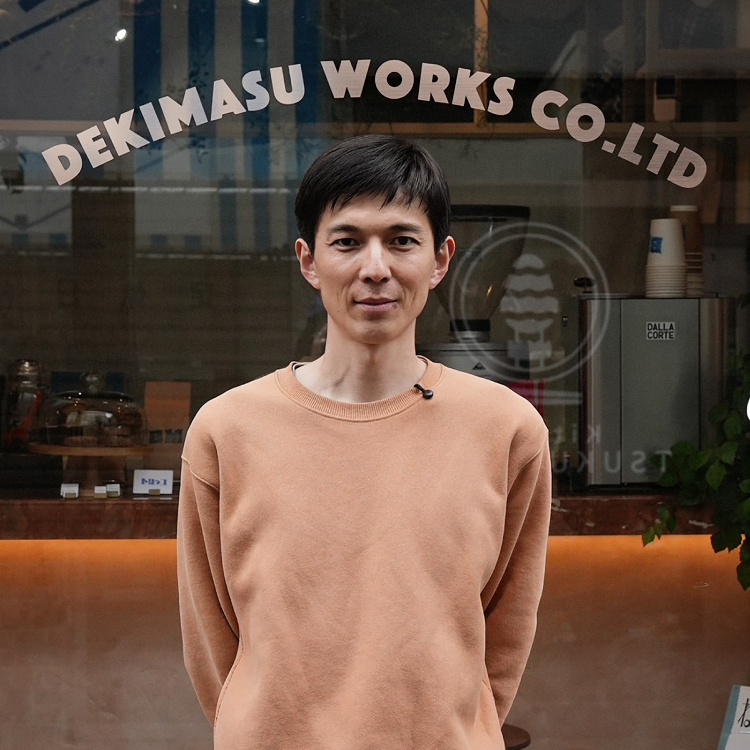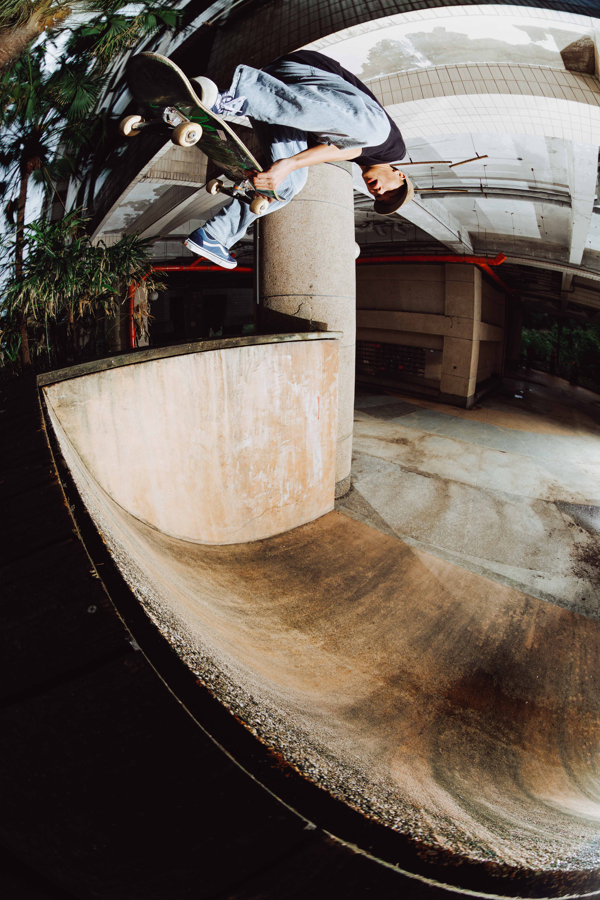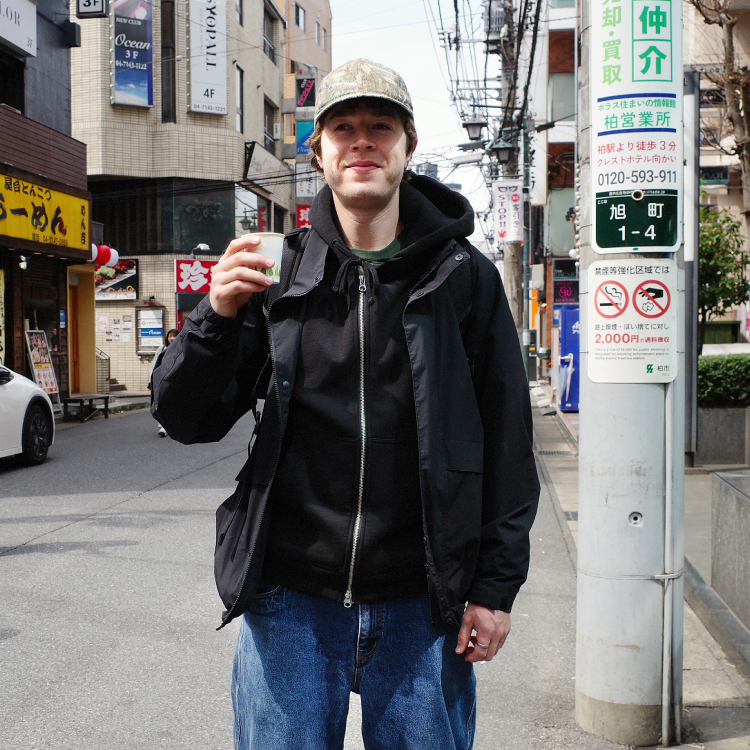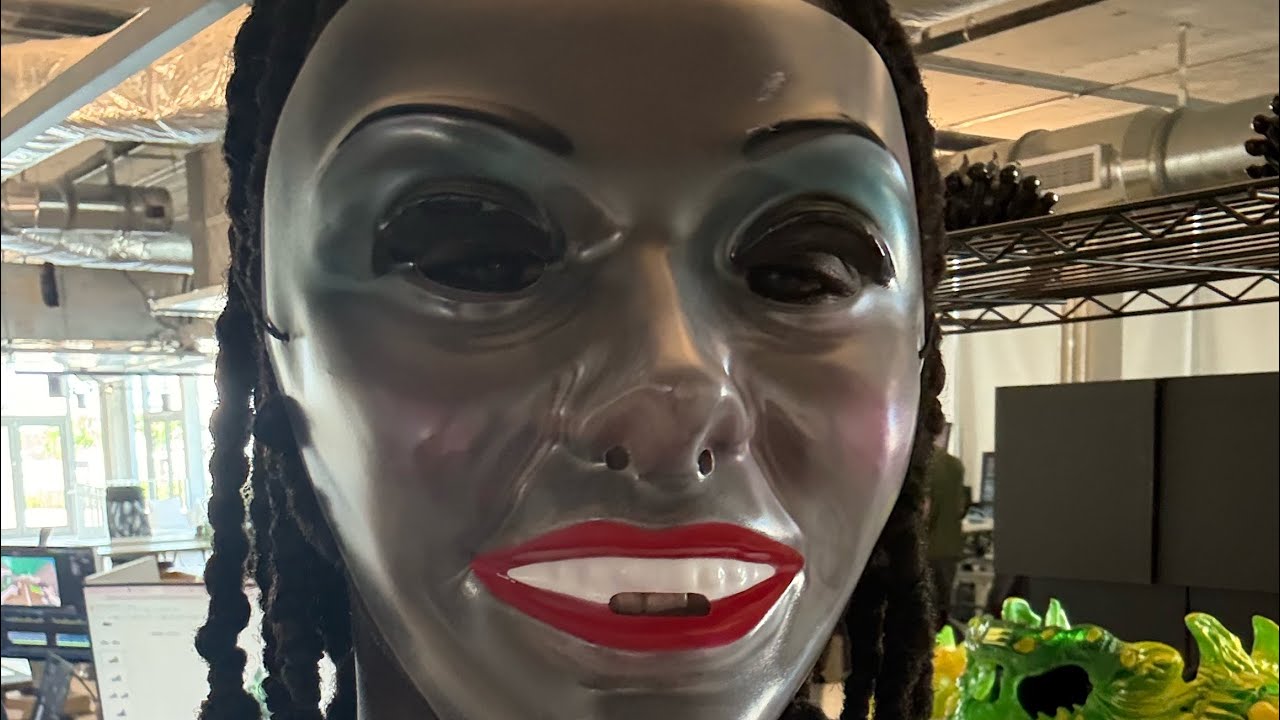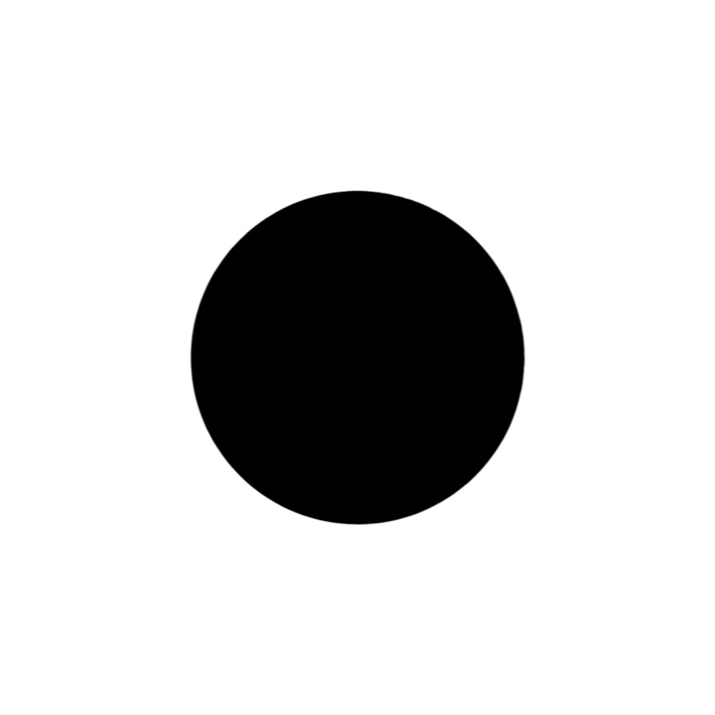Three years after becoming the youngest athlete in history to win a silver medal, Cocona Hiraki has matured both mentally and physically, and is now a new member of the team G-SHOCK. She has made a spectacular presence both inside and outside the skating community, and is aiming for even greater heights at the Paris Games.
──COCONA HIRAKI (ENGLISH)
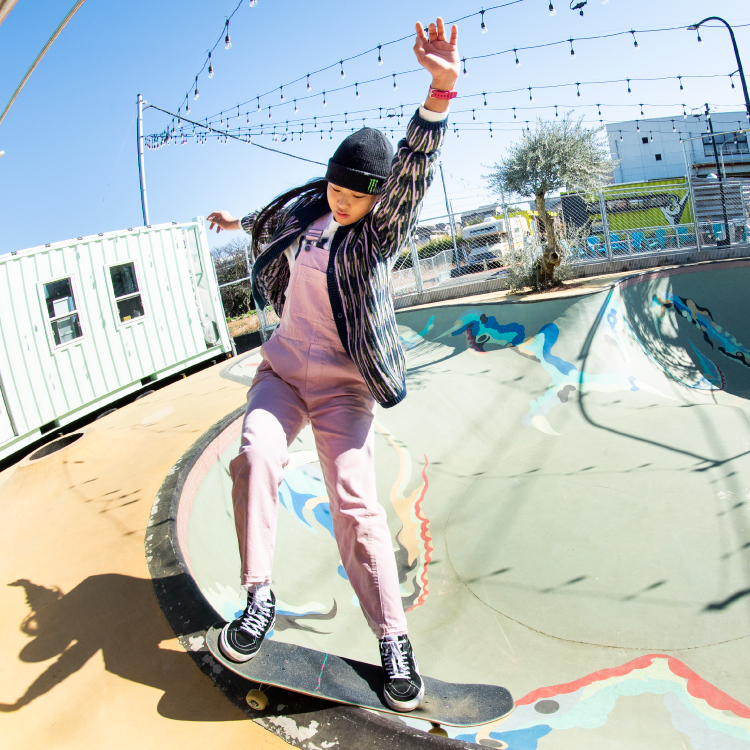
[ JAPANESE / ENGLISH ]
Photos courtesy of G-SHOCK
VHSMAG (V): First of all, how did you start skating?
COCONA HIRAKI (C): I was five so I don't exactly remember, but my parents took me to a skate park called Brayz in Tomakomai. I saw this older guy skating there and he looked so cool. I started skating because I wanted to be like him.
V: Do you remember who it was?
C: It was Sota Tomikawa (laughs).
V: What was it like growing up skating in Hokkaido?
C: Hokkaido has very few skate parks and they're all very small compared to those in Honshu or overseas. In winter it snows and is extremely cold in Hokkaido, so it's a very harsh environment. I mainly skate at indoor parks, and I often go to Hot Bowl and Brayz in Sapporo.
V: How did you learn your trademark nosegrind?
C: I first got inspired by Sota when I was skating with him, but I feel like I learned it through my own efforts. Not many skaters were doing this trick in overseas competitions, so I decided to do it.
V: I like your trick selection. Who are some of the skaters you get influenced by?
C: My first favorite was Lizzie Armanto. Recently, it's been Jake Yanko, one of my teammates at Welcome. And Sota (laughs).
V: They're all teammates. What do you want to express through skating?
C: I want to express skating like art.
V: You don't really grab your board when you skate, which I think is rare. Of course crailslide is an exception but do you consciously try not to grab?
C: I don't know if it's conscious but... I've always been good at grinds, and I feel more comfortable doing no-handed ollies.
V: At the Tokyo Olympics, you became the youngest athlete ever to win a silver medal. Have there been any changes in your life since then?
C: Not so much, it's pretty much the same.
V: Maybe it's the people around you who have changed (laughs). Do you feel you have grown since the Tokyo Olympics?
C: I feel like I can skate faster since I've grown so much taller. It's a lot easier to pump at big parks and I can get a lot of speed.
V: Is there anything you keep in mind or always do when skating a contest?
C: I try not to get hurt and take care of my physical condition. Also, recently I've been trying not to eat sweets before contests. I listen to K-pop, Rihanna, Taylor Swift and other music before I skate.
V: Why don't you eat sweets before contests?
C: There was a lot of food at the Olympic village and there was a lot of sweets and ice cream. I ate a lot on the first day, but after talking to my trainer, we decided to hold back until the end of the Games, and I got second place. That's how I'm trying to hold back now (laughs).
V: It's like a jinx (laughs). What was it like at the Olympic village?
C: There were a lot of apartment-like buildings, and the places to eat were like halls and really big. It was like a town, divided into wings for each country. Everyone is given a few badges of your own country, and we would exchange them with different athletes. It was fun because I got to interact with a lot of different athletes outside of skateboarding. Also on the first day, Rui Hachimura was in the building and he was really tall. He had to keep his head down everywhere (laughs).
V: What has been your most memorable contest so far?
C: I would have to say the Vans Park Series. That was a fun contest. I've been to all of them since the 2018 championship.
V: You won the France one in 2019. Is the atmosphere at the Vans Park Series different from other contests?
C: It's different. In other contests, you get points based on the difficulty of the tricks. But at the Vans Park Series, everyone's having fun and the emphasis is on style. It was a really fun contest.
V: After the Tokyo Olympics, you've won various awards such as Forbes' 30 Under 30 and Bulgari's Avrora Awards. Which award was most memorable?
C: Bulgari's Avrora Awards for sure. The atmosphere of the event was next level. I wore a dress that I normally don't wear and had my photo taken wearing Bulgari accessories and bags. There were so many celebrities around. It was an award that I would never have had the chance to experience.
V: You looked super cool in the dress. That was Awich's recommendation, right?
C: Yeah. We had an interview before the show. She had an amazing vibe. She was cool.
V: By the way, Wikipedia says that your name Cocona comes from the fact that your mom loves coconuts. And it says that you don't like coconuts. Is that true?
C: Well, she likes palm trees rather than coconuts. You know, palm trees have coconuts. That's where it came from. But yeah, I don't like coconuts (laughs).
V: (Laughs). You appear in the WOMEN OF OUR TIME video to commemorate your joining TEAM G-SHOCK. Any behind-the-scenes stories?
C: The audio for the video was recorded in the vintage camping trailer of the owner of the park where we filmed. Also, the first scene was shot in the morning, and I was wearing a cropped shirt. It was really cold so it was hard to warm up. I like to wear cropped shirts.
V: In the middle of that video, you were weaving something with branches. What were you weaving?
C: That was a misanga bracelet. During the Tokyo Olympics, I had a quarantine period because I was returning to Japan from the US. During that two-week period, I stayed in Niigata with a Japanese coach for the entire time. I could only go back and forth between the park and where I was staying, and I had embroidery thread. The coach could make bracelets, and we started making them together. I like making things, so I got into it and have been making them ever since.
V: Who was the coach?
C: Tetsuharu Sai. I had nothing to do and too much free time. Then I found some embroidery thread in my bag. I thought, "Let's make something with it," and he taught me. He also likes to make things.
V: Did you know that he eats wax?
C: Oh yeah, he was telling me something like that (laughs).
V: So what's the best thing about G-SHOCK?
C: I think G-SHOCK is a perfect match for me because it matches both skateboarding and fashion.
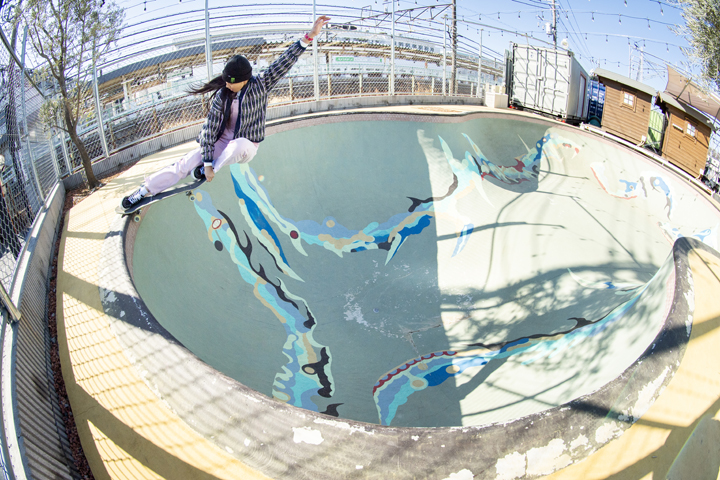
V: You also skate for Vans and Welcome, what's your favorite model?
C: For Vans I like the SK8-HI. I like how it looks and I like that the ankles are covered and it makes me feel secure. For Welcome, they have a lot of different shapes. I like boards with a unique nose.
V: What kind of skater do you want to be in the future?
C: I want to be a skater who is cool and has her own style. You know, the kind of skater that everyone can see a photo or video and say, "That's Cocona." I want to be a skater with that kind of style.
V: Finally, what's your outlook for the future?
C: First of all, I would like to skate in the Paris Olympics. After that, I want to film for Vans and Welcome. Someday I would like to have a signature board or shoes. What else... I'm currently competing in park style, but I want to film street skating as well.
V: Looking forward to that.
C: I've been competing in park style for a long time, but I also like street skating, so I usually do both. Skateboarding is free, so there's no need to separate the two. I don't have that many tricks yet but I like street skating (laughs).
Cocona Hiraki
@cocona.hiraki
Born in Hokkaido, in 2008. She's the first silver medalist in women's park at the Tokyo Olympics. She's active globally with her trademark front and back nosegrinds. Her refined taste shines through in her trick selection, including no-handed ollies and kickflips.








